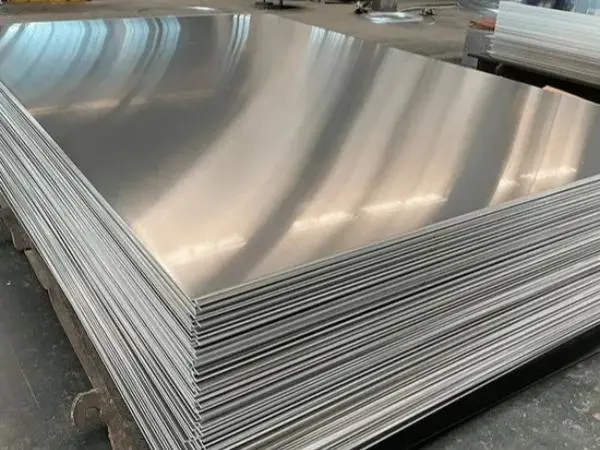- Phone0086 731 8564 8255
- E-mailsales@cscsteel-manufacturing.com
-

We all know that stainless steel plates are highly resistant to corrosion and rust, but proper storage is equally important to maintain their quality. There have been cases where stainless steel plates have rusted due to improper storage, which is why it's essential to follow correct storage practices. Today, let's discuss the best ways to store stainless steel plates, as recommended by manufacturers.
Continental Steel Co., Ltd is professional stainless steel plates manufacturer, for more details, please contact:sales@cscsteel-manufacturing.com
1. Choosing the Right Storage Location
The first step in storing stainless steel plates is selecting a suitable warehouse. The storage area should be clean, dry, and well-ventilated. It’s important to keep the plates away from harmful gases, dust, and moisture. The warehouse should not contain substances like acids, alkalis, salts, cement, or industrial chemicals, as these can cause surface corrosion or rust. The warehouse should also be moisture-proof, with closed structures being ideal for storing stainless steel plates. Ensure that the storage area is not exposed to environments such as chemical plants, furnaces, or foundries.
For stainless steel plates that are covered with protective film, direct sunlight should be avoided. Regular inspections are required to check the integrity of the film, which typically lasts about three months. After this period, the film should be replaced.
2. Storage Location within the Warehouse
When placing stainless steel plates in storage, choose a stable, secure spot and implement anti-slip and anti-tipping measures. It's also important to store different types of stainless steel plates separately to prevent confusion and avoid potential damage.
3. Stacking Methods for Stainless Steel Plates
Proper stacking and classification are crucial for stainless steel plates. Different types of steel should be stored in separate areas to avoid mix-ups and prevent contact corrosion. When stacking the plates, ensure they are arranged neatly, with the identifying marks facing the same direction for easy identification. Using appropriate pads or supports can help stabilize the stack and prevent tilting or shifting.
Stacking Methods:
Laying Method: Place the stainless steel plates directly on a clean cement floor. If multiple plates of the same dimensions are being stored, stacking is acceptable as long as it doesn’t affect the quality of the plates.
Hanging Method: If transporting or storing the plates vertically, tie the plates securely and use lifting tools to hoist them.
Support Method: Support the stainless steel plates on racks or brackets, using wooden boards or similar materials to prevent direct contact with the ground or walls, which could cause corrosion.
4. Maintenance of Stainless Steel Plates
If stainless steel plates are stored for an extended period, the surface may develop slight oxidation or rust. In such cases, industrial cleaners or rust-removal paints can be used to restore the surface. Regular inspections are necessary throughout the storage period, and any plates that have been stored too long should be cleaned or treated promptly.
Conclusion
In summary, proper storage of stainless steel plates requires attention to the storage environment, location, and stacking methods. By following these guidelines and ensuring regular maintenance, the quality and longevity of stainless steel plates can be preserved, ensuring they remain in optimal condition for use.




